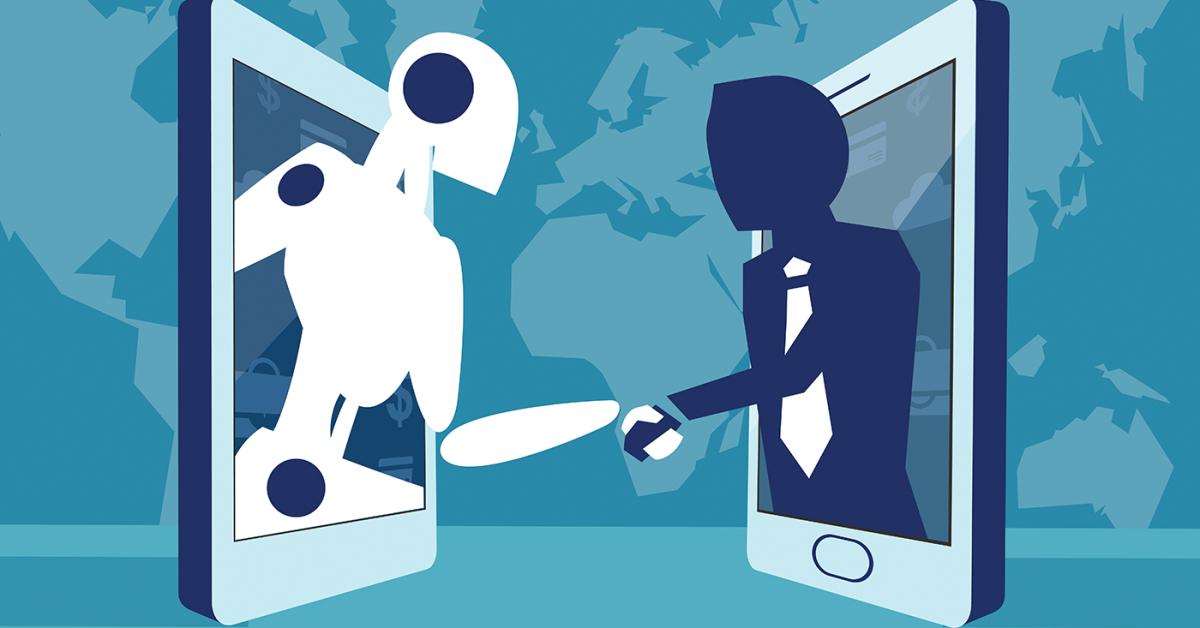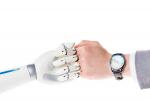CHICAGO — As automation technology improves, more dry cleaners are taking advantage of these new tools to add convenience for their customers and get more efficacy from their team. Making sure that they can still connect with their customers on a human level, however, is a factor that needs to be maintained.
In Part 1 of this series, we looked at options available to dry cleaners who want to add more automation to their workflow, and how that balances with the personal touch. In Part 2, we examined how successful cleaners have encouraged their clients to embrace this new way of doing business. Today, we’ll conclude by exploring the role of communication with customers who use automated equipment, and finish by looking into the future.
Keeping Lines of Communication Open
Part of getting customers to accept automation, says Andrew Rivkin, owner of Embassy Cleaners in Westchester County, New York, is to make sure communication with them is clear, timely and consistent.
“We keep our customers informed via text at multiple points during the process,” he says, “specifically at drop-off, when ready and then after pickup. I think our customers really appreciate that we are communicating with them in an informative and reliable way. That might not seem personal in the traditional sense of the word, but it’s our way of keeping in touch with the customer in a very personalized way while also being informative.”
This entire process is automated at Rivkin’s company.
“Once a customer is here and they drop off their drycleaning order with us, within 30 seconds, they will receive a text acknowledging that we have received their items. When the order is ready, they receive an automated text, and then after pickup, they get another text acknowledging that they picked up their order and thanking them. I think the constant communication with them helps build and retain a relationship.”
Maggie Fox, owner of Fox Cleaners in Tulsa, Oklahoma, has a similar philosophy about communication in her store.
“It depends on how they want to communicate with us,” she says. “Sometimes they come in through the chat on our website, sometimes they call and sometimes they prefer to email, but any of those ways will get their questions answered quickly. So, we respond to all the different ways we receive inquiries from our customers, and make sure all are answered just as quick.”
The best way to communicate with customers, Fox has found, is the way in which they prefer to communicate.
“It’s not like there’s one method that’s any faster than the other,” she says. “We really do pride ourselves on being super responsive, no matter what way they used to communicate with us. We send our customers personal messages when their orders are dropped off and when they’re ready. We give them loyalty rewards to the app. And we really do ensure that our team is easily accessible by phone, chat or any way they come at us. I think this allows us to stay connected, even when the customer chooses a more automated option.”
Future Plans and Parting Wisdom
With technology moving forward at what seems to be an increasing rate, Gary Maloney, president and owner of Nu-Yale Cleaners, headquartered in Jeffersonville, Indiana, plans to add more automation to Nu-Yale in the future.
“Our goal is to add kiosks to more of our stores because it’s hard to find staff,” he says.
“With automation, we don’t have turnover, and I only have to have one person there, rather than two or three. It also helps to keep our message to the customers more consistent. If employees don’t have much experience, they’ll start making up answers to questions because they think they’ve got to have an answer. With this system, the customer experience is always the same.”
“I think automation is going to play a much larger role in handling those little routine tasks,” Fox says, “allowing us more time to invest in personalized service, because customer service is key — it’s the cornerstone of our business. We want to continue to expand and take advantage of what’s offered, like the contactless services, real-time garment tracking and staff training. We want to be able to give tailored advice to each customer and work on building those relationships.”
“I expect that the technology, especially in light of advances in AI, will continue to improve and offer new and better functionalities to provide the customer with a more customized response to their needs and desires,” Rivkin says. “We are all about convenience. We recognize that, in our day and age, and certainly in our market, customers really respond positively to more convenience in their lives.”
For those considering bringing in automation or increasing what they already use, Fox warns cleaners to keep everything in proper perspective.
“I think a lot of this technology has been marketed as something that cleaners can utilize to replace CSRs, but I think that’s a big mistake,” she says. “You need to have that balance of both. And if it’s not going to be humanly staffed, then you have to have some kind of communications available so that people can still talk to a human being.
“That’s so important in our business, at least at the beginning of the relationship with the customer. Ensure that the technology enhances the relationship — it doesn’t replace the human touch.”
For Part 1, click HERE. For Part 2, click HERE.
Have a question or comment? E-mail our editor Dave Davis at [email protected].





















